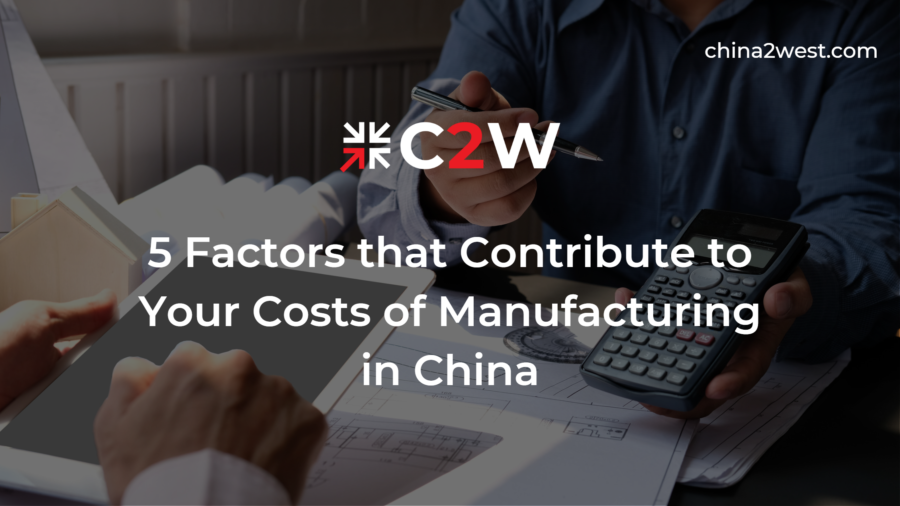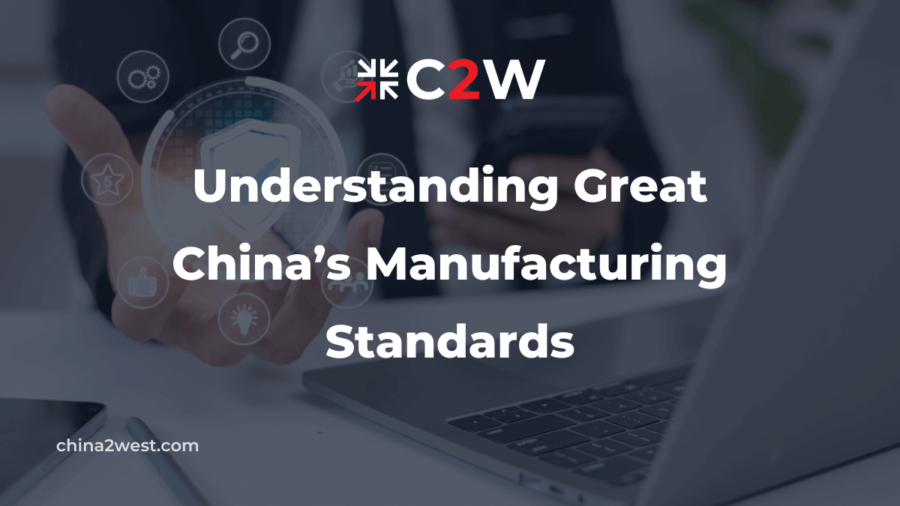The cost of manufacturing in China has been a major factor in its rise as a global manufacturing hub. In the past, China’s low labor costs and favorable business environment have made it an attractive destination for companies looking to reduce manufacturing costs.
In recent years, labor costs in China have been rising, and other countries such as Vietnam and Indonesia have emerged as lower-cost alternatives. But China still seems to be standing strong in the global supply chain, offering highly competitive industrial expertise and cost-effectiveness. How to navigate the world of manufacturing in China so you can ripe its many benefits, especially the financial ones?
First, check out the factors that contribute to the cost of manufacturing in China, including:
Labor costs
Labor costs in China have been rising in recent years due to factors such as increased urbanization and a growing middle class. This has led to higher wages for workers in the manufacturing sector, as well as increased demand for better working conditions.
However, labor costs in China are still generally lower than in many developed countries. The average hourly rate of manufacturing workers in China is $3.91 as of now, compared to $25.58 in the United States in November, 2022. The most appealing part is they are equally competent.
This wage gap has narrowed in recent years as labor costs in China have risen, but it remains a significant difference in the cost of manufacturing.
Companies can reduce labor costs in China by automating production. In addition, companies can negotiate favorable terms with workers, such as flexible work arrangements or training programs, to help lower labor costs.
Raw materials
China is a major producer of many raw materials, including steel, aluminum, and other metals. This can help reduce the cost of manufacturing, as companies do not have to import these materials from other countries.
In addition, China has a large and well-developed chemical industry, which produces a wide range of intermediate and finished goods.
However, the cost of raw materials can fluctuate depending on market conditions. Factors such as changes in global demand and supply, changes in commodity prices, and the strength of the Chinese currency can all affect the cost of raw materials in China.
With that said, sourcing locally will be a great way to bring the cost down. Companies can also negotiate favorable terms with suppliers and adopt lean manufacturing principles. In addition, local suppliers in China are always willing to go out of their way for alternative materials that may be less expensive or more readily available, if needed.
Energy costs
Energy costs in China are generally lower than in developed countries, which can help reduce the cost of manufacturing. China has a diverse energy mix, including coal, natural gas, and renewable energy sources.
In recent years, China has increased its reliance on natural gas and renewable energy in an effort to reduce air pollution and improve energy security. This has led to a decline in the use of coal, which has traditionally been the main source of energy in China.
However, the cost of energy in China can vary depending on a number of factors, such as changes in global energy prices and the availability of different energy sources.
In that case, you’ll be presented with plentiful options of energy-efficient technologies and practices in China, such as using LED lighting or installing solar panels. As China has been pushing for energy transition, you may end up with favorable terms if you explore alternative energy sources.
Taxes and fees
China has a relatively favorable tax environment for manufacturing, with relatively low corporate tax rates and other incentives for foreign investors.
In addition, there are a number of free trade zones in China where companies can benefit from reduced tariffs and other favorable business conditions. These free trade zones are designed to encourage foreign investment and promote trade with other countries.
However, there are also a number of taxes and fees that companies operating in China may have to pay, such as value-added tax, import and export duties, and social security contributions.
Companies can reduce taxes and fees in China by taking advantage of the favorable tax environment for manufacturing and locating their facilities in free trade zones. In addition, companies can negotiate favorable terms with local authorities or seek advice from tax professionals to help reduce their tax burden.
Infrastructure
China has invested heavily in infrastructure in recent years, including roads, ports, and other transportation systems. This has helped improve the efficiency of its manufacturing sector, as goods can be transported more easily to and from factories.
In addition, China has developed a few industrial parks and special economic zones that provide infrastructure and other support to manufacturers. These parks and zones often have access to transportation networks, utilities, and other services that can help reduce the cost of manufacturing. However, there may be additional costs associated with accessing these facilities, such as fees for using ports or transportation networks.
So it is always advisable to research more on location. Choose a location that has access to transportation networks, utilities, and other services at a lower cost. What’s more, there are so many logistics companies in China that can help you with infrastructure services in affordable pricings, such as ports or transportation networks. Make sure you won’t miss that.
Despite the challenges it faces, China’s manufacturing sector still is a competitive option due to its large, skilled and cost-effective workforce, developed infrastructure, favorable business environment, and strong supply chain, which have been proved over the decades.
A Chinese manufacturing partner will be of great help in taking great advantage of all the above perks that China offers, one like C2W. C2W has over 17 years of experience with supplier networks throughout China and Southeast Asia, as well as an excellent team of every aspect of a production process. Contact us today!


